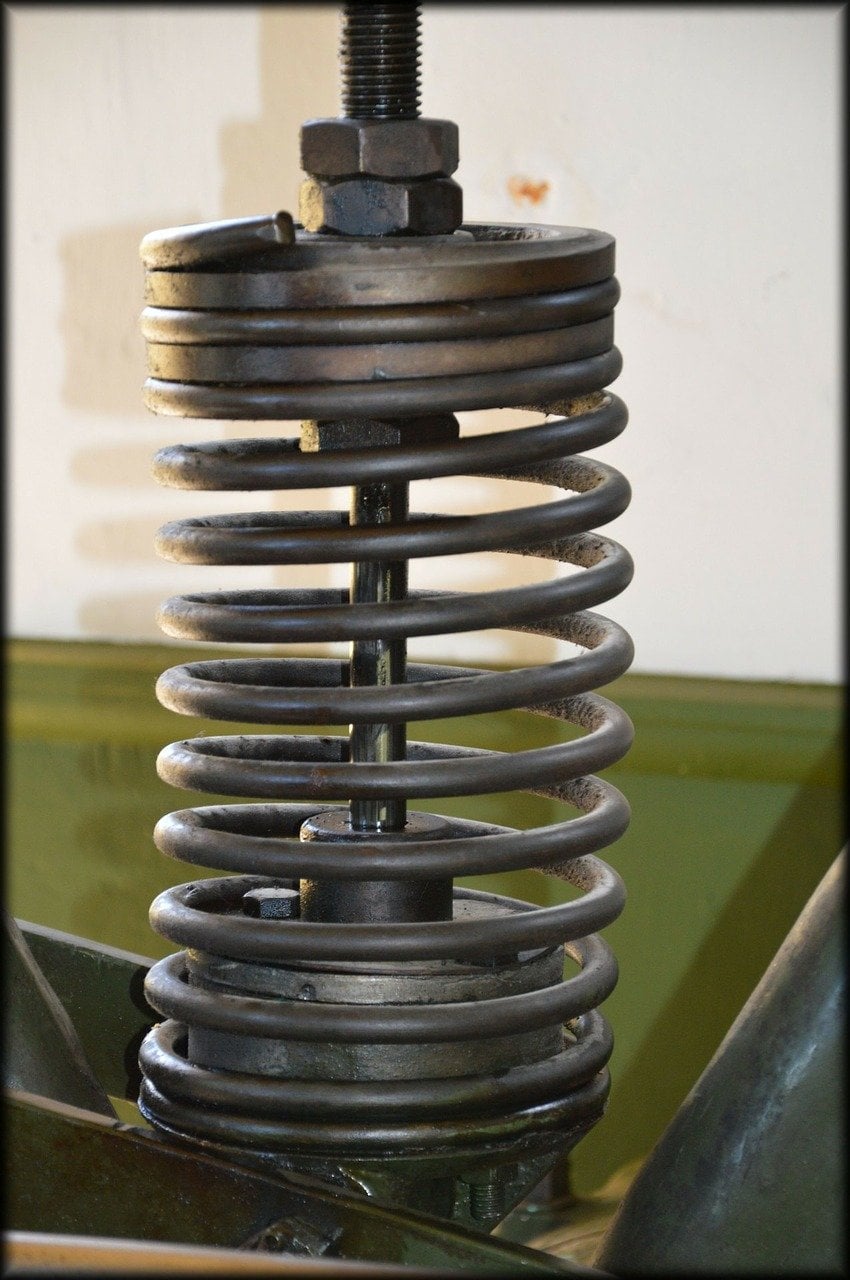The output buffer
by Paul McGowan
Years ago, when Stan and I were first finding our way in the world of high-performance audio we had discovered something most of us already know. Less is more when it comes to the length of the signal path.
The more stages of wires, caps, transistors, switches, and connectors the signal is forced to march through on its way to the output the more impurities tend to gather, clouding and obfuscating the sound. While generally true, as discussed in my post, Simply Better, sometimes adding a smidge longer path can be more beneficial.
Stan and I had determined that nothing could be shorter in a preamp's path than to eliminate the preamp itself and in its place rely instead upon a single potentiometer between the source and the power amplifier. This observation resulted in our first line stage, the Linear Control Center which had the ability to be little more than an input switch and a passive volume control. If one wanted more gain a minimalist output stage could be switched in.
The LCC was as simple as we knew how to make an excellent sounding consumer audio product.
Over time and insertion into many systems, we began to notice a trend. When in the passive mode the bottom end sounded flaccid, anemic, without excitement. When the gain stage was switched in that wimpy bass stood at attention and kicked booty. But, the top end gained a glare that wasn't present with the passive version.
After nearly a year's worth of work, we finally landed on the perfect solution. A passive volume control with a discrete output buffer stage. The highs were left unmolested while the bass thundered through like the proverbial freight train.
A buffer, unlike a gain stage, is a simple open-loop current amplifier with a high input impedance and a low output impedance. It solves the potentiometer's Achille's heel of varying output impedance and lowers to a respectable level the preamp's output impedance.
Today this is a well-known practice, but in those early days when only the rare few were playing with different pots and struggling to keep short the signal path, it was somewhat ground breaking.
The last thought on this techy subject is the buffer itself. It's easy and tempting for designers to throw a unity gain chip op-amp on the output and call it good. While effective for impedance, it's poor practice for sound quality.
If you're digging into design make sure to look for the term discrete in the output stage.
- Choosing a selection results in a full page refresh.
- Opens in a new window.








